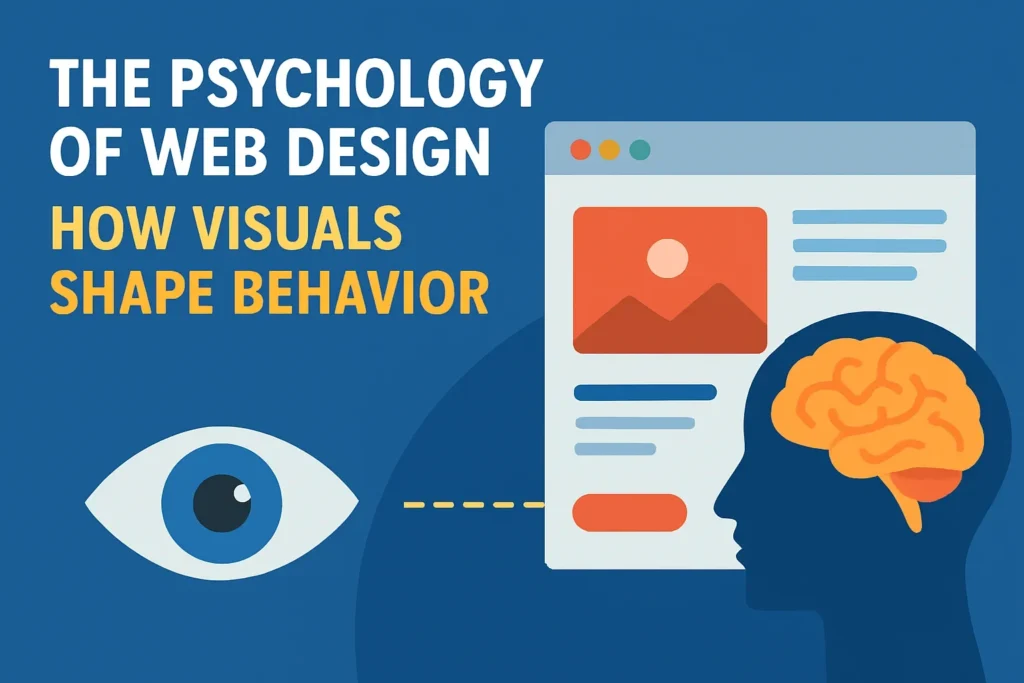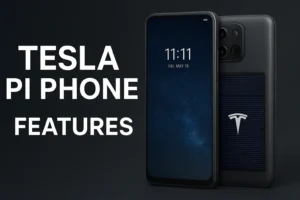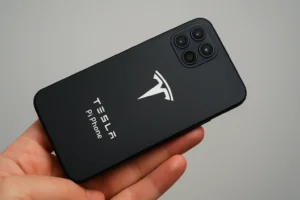In this day and age, where everything is fast-paced and digital, you need a site that not only looks visually appealing but also one that can prompt the user into action. What most don’t realise is the importance of psychology in website design. Knowing what works and why, and how users think, act, and feel in response to design elements, can make all the difference between websites that look good and ones that serve a purpose while getting sales and signups.
Whether you’re designing for e-commerce, education, or local service providers like those in Web Design Richmond VA, the psychological foundation of design matters more than ever.
Understanding the Basics: Why Psychology Matters in Website Design

Design is no mere matter of appearances. It’s about communication. Everything a person sees, from the colors used to the typeface and layout, affects how a consumer perceives, processes, and interacts with your content.
According to the Nielsen Norman Group, users form their first impression of a website within 50 milliseconds. That split-second is governed not by logic or deep analysis, but by psychological instincts.
Key Psychological Principles Behind Effective Web Design
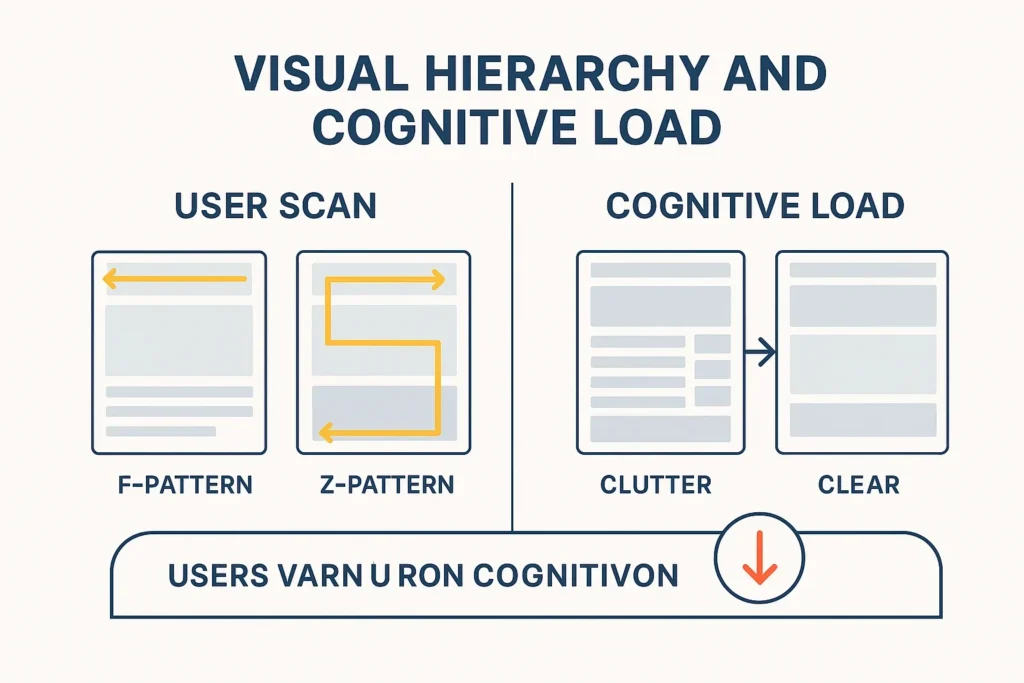
Visual Hierarchy and Cognitive Load
Visual hierarchy refers to the arrangement of content that guides users’ attention in a logical flow. Users don’t read websites word for word; they scan. By placing key content in prominent positions, using contrast, and adjusting font size and weight, designers can lead users toward intended actions.
Cognitive load is the effort to think about using a site. An untidy, disorderly design can cause the users to lose interest and leave. Uncluttered, appealing designs drop cognitive load and help users to engage more deeply.
The Psychology of Color
Colors evoke emotions and impact user decisions. For example:
| Color | Associated Emotion | Best Use Case |
| Blue | Trust, Security | Finance, Healthcare |
| Red | Urgency, Passion | Sales, Promotions |
| Green | Growth, Calm | Nature, Wellness |
| Black | Sophistication, Power | Luxury Products |
Using color intentionally can significantly affect user experience. A “Buy Now” button in red, for example, may trigger urgency, while blue is often used in contact forms to establish trust.
Typography and Perceived Trustworthiness
Typography goes beyond legibility. It creates personality. Serif fonts like Georgia often feel traditional and credible, while sans-serif fonts like Helvetica feel modern and clean.
Studies have shown that users tend to trust content more when it’s displayed in a clean, readable typeface. Pairing fonts strategically can establish hierarchy and improve scanability.
Layout and Spacing: Less Is More
Whitespace isn’t space; it’s breathing room for your content. Well-spaced layouts reduce clutter, making it easier for users to process information. Eye-tracking studies show that generous spacing around headings and CTAs increases engagement and interaction rates.
Simplicity in Navigation
Good navigation means users can easily locate what they need. Psychologically, too many options can lead to decision fatigue. This is the paradox of choice.
An easy-to-use menu that facilitates access to information helps the end user and allows for longer time-on-site figures. Breadcrumb trails, sticky headers, and sensibly labeled categories all work to cut down on friction and trepidation.
What the Data Says: Measuring Design Effectiveness
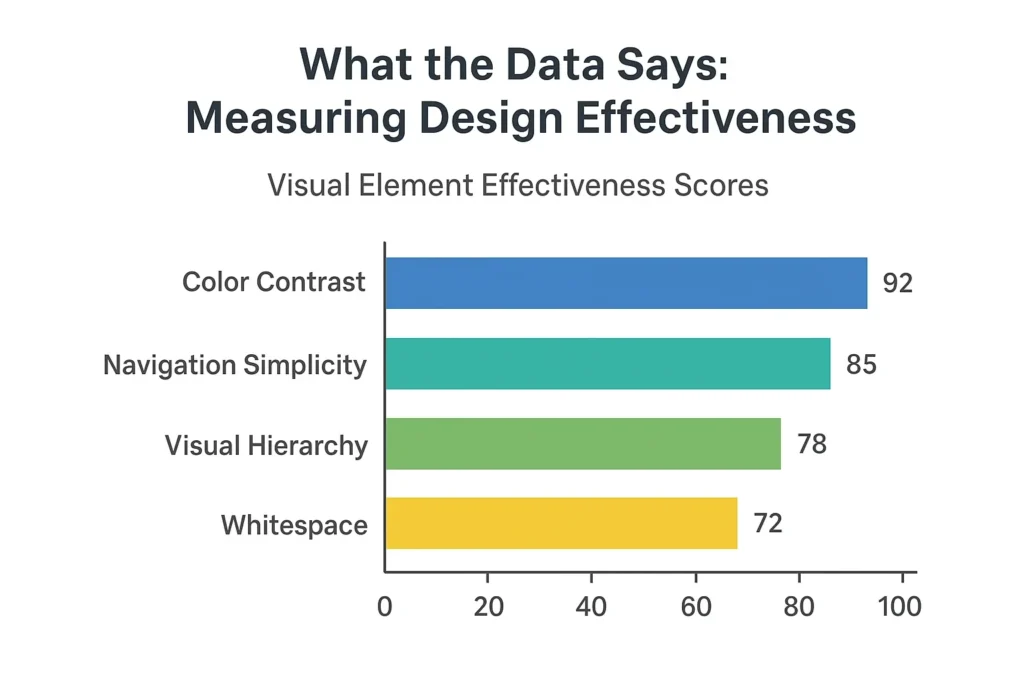
To better understand how various design elements influence Customer behavior, we can look at the effectiveness scores of standard visual tools:
Visual Element Effectiveness Scores
(See the interactive table and chart above)
As shown in the bar chart and table, color contrast and navigation simplicity rank highly in influencing user actions. These findings align with countless usability studies and are critical areas of focus for modern website designers.
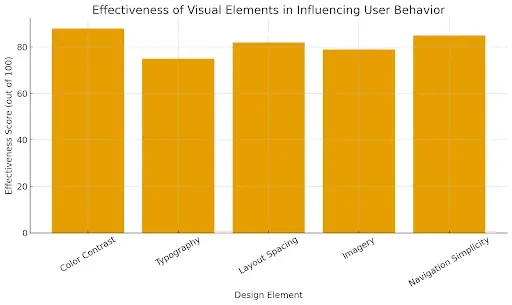
Emotional Design: Beyond Functionality
Don Norman, a pioneer in user experience, introduced the concept of emotional design, the idea that users’ emotional responses to a product influence how they interact with it.
Websites that spark joy, curiosity, or confidence create a lasting impression. This can be achieved through:
- Micro-interactions (e.g., hover effects)
- Personalized content
- Empathetic copywriting
- Emotional imagery
Sites designed with emotion in mind see higher rates of engagement, brand loyalty, and conversion.
Local Application: Web Design in Richmond, VA
Although psychological principles are universal, when they are used on the local level, results can be enhanced even further. For Richmond, VA businesses, the need for a web presence that mirrors local culture, assumptions, and customer habits is critical.
Website Design in Richmond, VA, Based Agency, which often merges the global User Experience with local Audience Insight and Knowledge.
Varying color palettes influenced by Richmond’s natural landscape to layouts being crafted with mobile-first, enabling compact builds for those interacting with your brand on the go, local applications of psychological design principles result in higher reel-ins.
Tools to Test Psychological Impact
Several tools can help measure how well your design aligns with psychological principles:
- Hotjar / Crazy Egg: Heatmaps and session recordings to study customer behavior.
- Google PageSpeed Insights: Measures load time and mobile performance.
- Contrast Checker (WebAIM): Assures visual accessibility.
- Feng-GUI: Predicts eye movement patterns based on visual hierarchy.
Using these tools allows designers to test and refine layouts with objective data.
Final Thoughts: Merging Art and Science
Good web design isn’t just about aesthetics or functionality; it’s about understanding people. By applying principles of psychology, designers can build experiences that feel natural, delightful, and credible.
Whether you’re launching a small business site in Richmond or an international e-commerce enterprise, the difference between a successful website and a mere web page is all down to the nuances: how you layer a page, the colours you use, your choice of font pairings, and the blank space you leave.
The role that design plays in humanizing emerging technology in an age where technology has become increasingly





